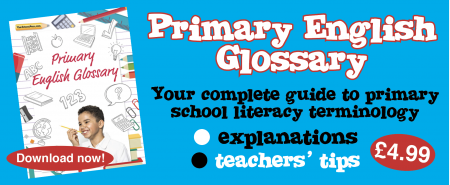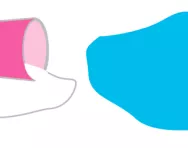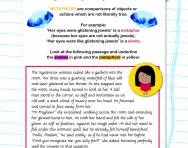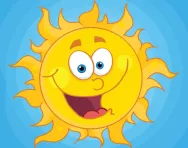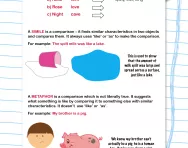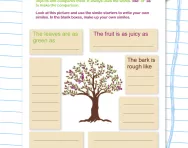Important update from TheSchoolRun
For the past 13 years, TheSchoolRun has been run by a small team of mums working from home, dedicated to providing quality educational resources to primary school parents. Unfortunately, rising supplier costs and falling revenue have made it impossible for us to continue operating, and we’ve had to make the difficult decision to close. The good news: We’ve arranged for another educational provider to take over many of our resources. These will be hosted on a new portal, where the content will be updated and expanded to support your child’s learning.
What this means for subscribers:
- Your subscription is still active, and for now, you can keep using the website as normal — just log in with your usual details to access all our articles and resources*.
- In a few months, all resources will move to the new portal. You’ll continue to have access there until your subscription ends. We’ll send you full details nearer the time.
- As a thank you for your support, we’ll also be sending you 16 primary school eBooks (worth £108.84) to download and keep.
A few changes to be aware of:
- The Learning Journey weekly email has ended, but your child’s plan will still be updated on your dashboard each Monday. Just log in to see the recommended worksheets.
- The 11+ weekly emails have now ended. We sent you all the remaining emails in the series at the end of March — please check your inbox (and spam folder) if you haven’t seen them. You can also follow the full programme here: 11+ Learning Journey.
If you have any questions, please contact us at [email protected]. Thank you for being part of our journey it’s been a privilege to support your family’s learning.
*If you need to reset your password, it will still work as usual. Please check your spam folder if the reset email doesn’t appear in your inbox.
What is a metaphor?
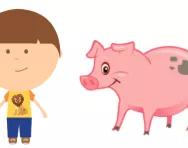
What is a metaphor?
A metaphor is a comparison which is not literally true. It suggests what something is like by comparing it with something else with similar characteristics.
For example: 'My brother' is a piglet is a metaphor.
This statement isn't literally true – a child cannot be a pig – but the brother can share a pig's characteristics, like eating lots or liking to play in the mud!
Unlike a simile, metaphors do not use the words 'like' or 'as'.
Simile: My brother is as greedy as a piglet.
Metaphor: My brother is a piglet.
Metaphor examples
These are the kinds of metaphors we might hear in everyday use:
| Life is a journey | Our lives are not journeys from one place to another, but we talk about them this way because they have some of the same characteristics as journeys. |
| We are all in the same boat | We say this when people's circumstances are the same (but they are not in an actual boat or on water!). |
| You had him in the palm of your hand | This expression means that you someone under your total control. |
| My knight in shining armour | This phrase is meant to express the fact that someone is as brave as a knight. |
| My memory is a little foggy | This expression conveys that someone has a poor memory, and uses fog to convey the fact that things cannot be remembered clearly. |
| Education is a gateway to success | This means that education ensures success. The idea of a gateway makes the concept clearer and perhaps more vivid to the listener. |
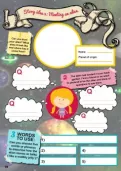
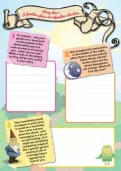
Download a FREE Creative Writing toolkit!
- KS1 & KS2 workbooks
- Bursting with fill-in prompt sheets and inspiring ideas
- Story structure tips, style guides and editing suggestions
Metaphors in primary school
Teachers will tend to start talking about metaphors in Year 5 and 6 (or possibly with able Year 4 pupils). They may comment on them when reading stories or poems, and they may encourage children to use metaphors in their own writing.
Metaphors are commonly used in poetry. For example:
...love... is the star to every wandering bark...
In Sonnet 116 William Shakespeare uses a metaphor (stating that love is a star) to compare love to the north star, fixed for every bark (boat).
Our two souls therefore, which are one,
Though I must go, endure not yet
A breach, but an expansion,
Like gold to airy thinness beat.
If they be two, they are two so
As stiff twin compasses are two;
Thy soul, the fixed foot, makes no show
To move, but doth, if the other do.
In his poem A Valediction: Forbidding Mourning, John Donne uses metaphors to describe the souls of two people in love. The souls are a piece of gold, which can be beaten very thin but will expand; they are also the two legs of a compass, always linked even when one leg moves.
Working in the classroom, a teacher might read a poem with the children and ask them to identify the metaphors used. Children might discuss what all the different phrases mean before the teacher goes onto discussing the metaphors and why they were chosen. The idea of activities like these is to help children to understand that metaphors make writing more effective and can bring a subject alive for a reader.

